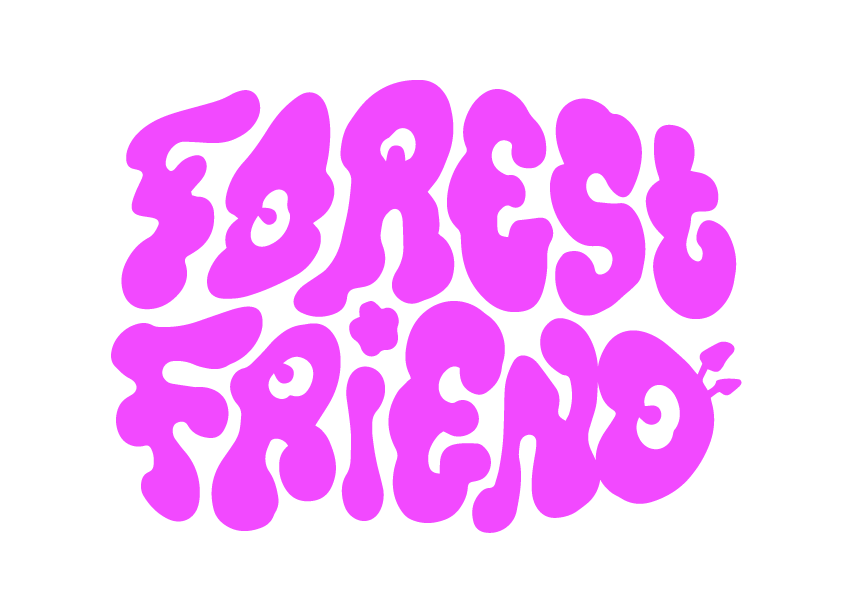There’s a cliché that “creative types” don’t like to follow strict schedules. This is true — because NOBODY likes to do that. Granted, I don’t hang out with air traffic controllers or those guys who scream at each other at the stock exchange, but I’ve never met anyone who doesn’t enjoy the freedom to drop everything and go for a walk or a snack or a pint. The question of how to be a productive creative professional is every creative procrastinator’s stumbling block.
For most creative professionals (especially those of us who are self-employed), your life isn’t broken into working/non-working hours: it’s broken into projects that consume the very corpuscles of our existence. The result is that organizing an orderly, hour-based schedule is a nearly impossible nightmare. Rigidity is not exactly conducive to creativity; ideas need time to marinate, projects need space to breathe. And enjoying your life as a box-shattering idea-breeder — which is why you got into a creative field in the first place — is only a matter of mashing the round pegs of what you love into the square holes of what you need to get done.
So I’ve collected here some sensible, stimulating tips to manage your Frankenstein of a life while avoiding the quotidian self-flagellation that inevitably arises from the guilt you feel after spending hours putting together a colour-coded, hour-by-hour schedule and never following it.
1. Know when it’s due and how much time it will take. This is the keep-it-simple-stupid rule of managing multiple creative projects. The most important thing is to have lots of time to think and develop your ideas at the beginning of the project. Working balls-to-the-wall or in scheduled increments can often mean forcing your concepts into concrete iterations before they’ve had a chance to mature. Keeping track of when projects (or steps along the way) are due and accurately guessing how long they will take give you the ability to play within a much wider boundary. Sure, it might mean that you’ll have to fry your frontal lobe with meth coffee once in a while to get everything done if you’ve misjudged. But it will give your brain the breathing space to make great things happen. Tools: Project management software like the aptly-named iProcrastinate.
2. Do it right now, or flag it and forget it. If your emails roll in like Hogwarts letters on a Sunday afternoon, that’s probably your main source of annoying distraction (well, that and the many cats that flank your computer, putting their buttholes all over your important papers and punching holes in your Japanese stationery with their vicious little teeth). I have a two-pronged, toasting-fork-shaped email attack system: either I answer it right away because it’s actually, really urgent, or I flag it and forget it until I can get to it. Then about once a week I go through my flagged emails and reply to them. Some things, like vaguely-worded semi-relevant questions from your mother (sorry Mom) will get lost in the shuffle, so know how to gauge what’s important. Also, NOT EVERYTHING IS IMPORTANT. Tools: Any email program that lets you flag or otherwise mark your mail.
3. Work in blocks. No pants Tuesday morning. Cat yoga Thursday afternoon. Hookers-and-blow Sunday evening. This is about as specific as my schedule gets. I work my “floating” projects around the “static”, unchangeable obligations I have. For example, if I teach a class on Tuesday afternoons, I have two potential blocks of time to fill on Tuesday: morning and evening. If I have a project due Wednesday, I know that both free Tuesday blocks will be devoted to that project. If I have something due the following Monday, I can feel free to bump out the floating project in the evening block for borscht and horror movies with friends. Taking advantage of a flexible schedule means that when you’re actually working, you feel like you’ve gotten away with something. Tool: If you aren’t used to thinking of your day in basic slots rather than hours, use meals to break up the day. This can have dire consequences if you’re a camel or a squirrel.
4. Follow your flow. The best thing about being self employed, besides being able to swear at your boss and completely neglect personal hygiene, is the ability to switch between projects based on your mindset and inspiration. Just been in a book store looking at print design porn? Now’s the time to work on that poster. Sick to death of staring at code? Time to go outside and eat an ice cream sandwich in the same clothes you slept in. If you’re working in blocks and you’re keeping track of your due dates, you can swap projects around to suit your interest and your attention span. Tools: A variety of inspiration geared to your different projects.
5. Always write everything down. Because you are immediately going to forget it and then blame everyone around you (which is probably those supercilious, atrocity-devising cats). So write it down in a place where it will be with you everywhere! Like Guy Pearce in Memento! I use Evernote for quick notes and iCloud for larger documents, but not so long ago I was working witha backpack crammed with scraps and a paper agenda that was full of sticky notes. Tools: Your own note-taking system, be it digital or analogue.
6. Follow a ritual or switch it up. In this context, change and routine both serve the same basic need: to create an environment of productivity. Maybe your name is Mr. Forest Friend and you have an entire religion’s worth of sacraments to get through before getting down to business. Or maybe all you need is a hot drink and a clear space on the couch. One interesting method our friends Jesse and Stephany pioneered is the “working hang-out”: this is when you get together with your friends in the same space and you each work on your own projects. This way, busy you and your busy friends get a chance to spend time together. Plus, you’ll keep each other on track: since everyone needs to be productive, the focus is contagious. Tools: Friends, music and treats.
7. Use your downtime to find inspiration. There are great ideas everywhere, even in your guilty pleasures (okay, maybe not those ones). Links from Facebook friends, your favourite subreddits and even the mediocre televisions shows you watch for no good reason — other than seeing Dr. Spencer Reid get slapped around every once in a while — can be hiding little nuggets of inspiration. All you need to do is notice them. By constantly asking yourself “Is this useful to me?” you can develop a little interior alert to remind yourself to pay attention when something interesting crops up (sort of like writing an A on your hand when you’re learning how to lucid dream). And you can learn how to watch and listen to things on a meta-level that fosters the kind of connection-making that creativity thrives on. Practice by watching an episode of Flight of the Conchords and only pay attention to the set design. Or go to the grocery store and buy only things that are in unusual packaging. Keeping your own higher purpose — the search for inspiration — at the tip of your brain at all times makes the world an enthralling place, even at its most mundane. Tools: A frequent reality check to make sure that you’re really noticing all the cool things you see on a daily basis.
8. Time-wasters can be tools. Use Facebook to gather great links and images from your interesting friends. Browse subreddits for communities of people interested in obscure things. Use Pinterest to create mood boards or image collections for a project. Start a Svpply collection to style a photoshoot (even if it’s only in your meth-coffee-addled head). All those insipid social media tools the mouth-breathing technorati have been eviscerating the English language to name can actually be… somewhat useful if you quit caring about keeping up whatever carefully-manicured identity you’ve been nursing. Tools: You know what I mean.
9. Let things slide. Maybe you didn’t get time to finish creating an entirely new concept of remote collaborative digital art management today. Maybe you had to make too many asinine changes to a project for an equally asinine client and you’ve gone brain dead for the evening. Sometimes, it’s necessary to sit back and watch seventeen back-to-back episodes of Supernatural rather than finish that one extra little duty you were planning. Letting things slide without killing yourself or someone else is what being an adult is all about. Just make sure you’ve picked the right thing to flush: if you’ve got people depending on you, make sure to let them know before you go AWOL. But nobody (except perhaps my mother) is going to care if I don’t post a new blog entry for a couple weeks. Remember: NOT EVERYTHING IS IMPORTANT. Some things just don’t matter. Tools: Don’t worry about reading this sentence. Don’t you have something else to do? I’m seeding the DVD rip of all three seasons of The Thick of It. Go get the torrent. I’m not even going to bother fin

